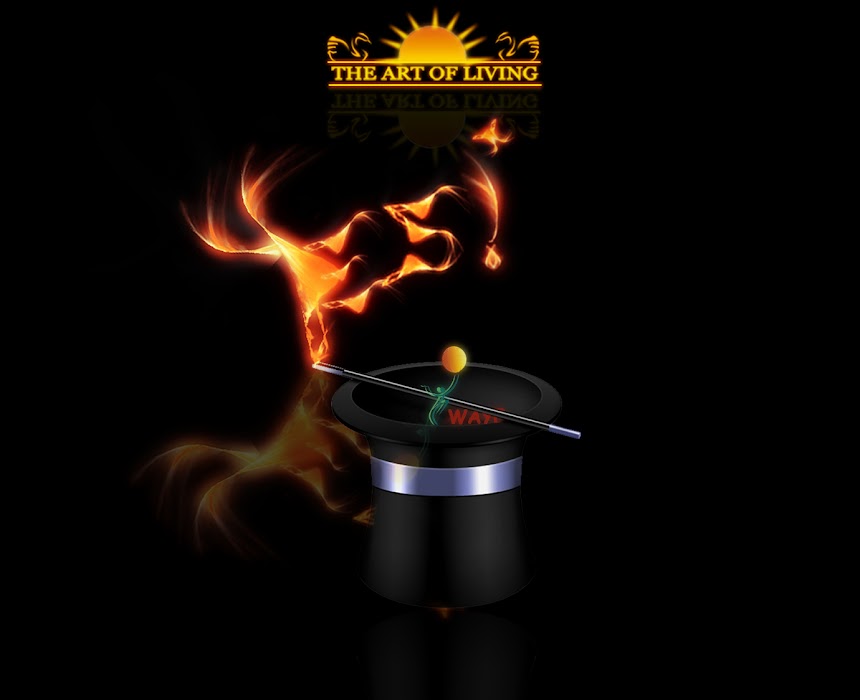Janmashtami celebrates the birth of Lord Krishna. Krishna’s birth on Ashtami, the eighth day of a lunar fortnight or the half moon is significant, as it indicates a perfect balance between the visible material world and the invisible spiritual realm. This signifies Krishna’s mastery over realms, the seen and the unseen.
The personality of Krishna is so unique and difficult to fathom.
He is a great teacher, a spiritual inspiration as well as a politician.
On the one hand, he is Yogeshwara (the Lord of Yogas — the state to which every yogi aspires) while on the other hand he is called chit chor, a thief.
His behaviour encompasses both extremes and yet he remains a perfect balance of the extremes. The avdhoot by definition is oblivious to the world outside, while a materialistic person, be it a politician or a king, is oblivious to the spiritual world. But Krishna is both: he is Dwarkadheesh and Yogeshwar.Krishna says in the Bhagavad Gita “People think of me as a physical embodiment. I am not the body; I am the consciousness which is present all over and in everything”.
Krishna is the embodiment of pure joy and bliss. All complaints and anger vanish and life appears like a game. Krishna could also tell lies and he troubled people. For, Krishna everything was Lila. If we look into his life, wherever he went, a fight or a war would occur there.
Krishna is the symbol of all possibilities, the blossoming of all aspects of the human, and the divine. It’s difficult to really understand Krishna’s personality.
The Rishis called him the full embodiment of the divine, the totality, because all that a human could be is in Krishna.
It is said that Krishna used to steal butter. Butter is the final product of a process: the milk is first made into curd and then the curd is churn to become butter.Like milk or curd, life is the process of churning. So many events churn your life. And as your mind is churned, finally the butter comes out, which is the saintliness in you. Krishna steals the saintliness. He loves the saintliness, he loves this mind that you have finally attained, a mind which is like butter and has reached its final state.
Why does Krishna carry a flute? What you have in your hand indicates what you are inside.
If you have a flower in your hand, it indicates you are like a flower. If you have a flute in your hand, you are like a flute — hollow and empty. Krishna holds a flute and his posture indicates his philosophy. One leg is firmly on the ground, the other is raised, poised; this is how dance happens. When you are buried in the mind dance cannot happen.Dance is the joy of life and the life of Krishna is such a dance.
Then there is Radha, which means longing for the most beautiful thing. Radha became immersed in Krishna because that longing for the divine, that love for the divine was so total that even the divine could not stay without Radha. So Krishna says “I am playing the flute for you”.
Radhe-Shyam represents the infinity. Radhe is the individual life and Shyam is the infinite life.
The infinity permeates every cell of the individual body and the creation is filled with life.
Krishna is the self of every being and when our true self shines through our personality.
As Krishna says in the Bhagavad Gita, he is the strength in the strong, the wisdom in the wise, the beauty in the beautiful and the dignity in the dignified.
Janmashtami is the day when you enliven that virat swaroop of Krishna in your own consciousness once again. Letting your true nature manifest in your day-to-day life is the real secret of Krishna’s birth.
Hence the authentic way of celebrating Janmashtami is to know that you have to play a dual role — of being a responsible citizen and realise that you are above all these roles; you are the untouched Brahman. Imbibing avadhoot and activism in your life is the significance of celebrating Janamashtami.


No comments:
Post a Comment